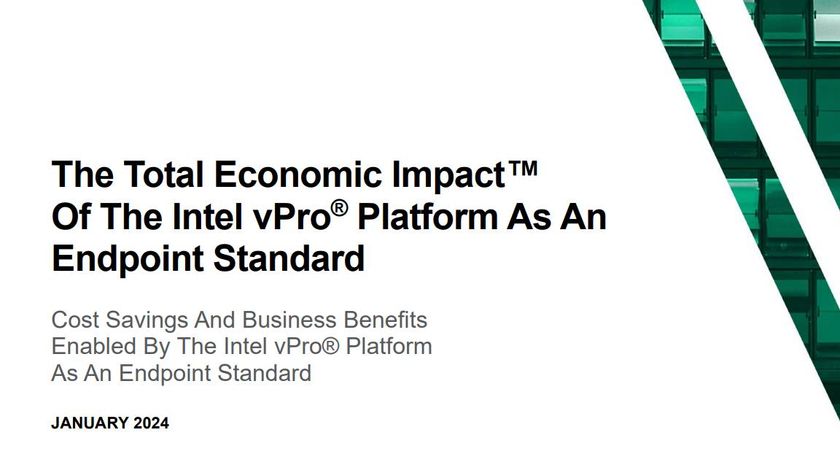Big Data genuinely new, or as the cynics suggest, merely a new name for something that forward-looking businesses have done for years now?
The truth - as ever, it seems - is a bit of both.'
Looking for actionable business insights in a mass of data certainly is not new. However, analysts and others in the know argue that if it is done right, Big Data represents a step change in depth of those insights.
Defining Big Data
A decade ago, Meta Group (now Gartner) analyst Doug Laney became aware that many of his clients were having difficulty getting a handle on data management challenges that were evolving at internet speed.
Having recognised that the problem arose not just from quantity but from the shift to e-commerce and a boom in corporate software application use, he formulated a framework to help organisations respond effectively.
Big Data is the convergence of several important trends, with new technologies allowing higher velocity analysis of more varied data, with the aim of accelerating business agility, driving
Get the ITPro. daily newsletter
Sign up today and you will receive a free copy of our Focus Report 2025 - the leading guidance on AI, cybersecurity and other IT challenges as per 700+ senior executives
growth and stimulating innovation.
The key factors he defined in his paper on the topic were the three Vs of data volume, data velocity and data variety. This schema has become almost the industry standard for defining Big Data, though others have also expanded it to encompass five, seven or even more Vs. Laney himself commented, partly tongue-in-cheek, that he had now defined as many as 12Vs "to cover the full spectrum of big data challenges and opportunities."
"The most important V is variety if you cannot deal with a variety of streams coming through, you're not doing Big Data," adds Quocirca research analyst Clive Longbottom.
"Then it is velocity and there's two aspects here, one is how fast can you get the knowledge out and the other is how fast do we need to deal with the streams coming in."
So Big Data isn't just about data volumes getting larger although that is happening all the time, of course. It is also about organisations collecting more data from more sources, such as email and messaging feeds, environmental sensors and telemetry, user's browsing histories, written reports, and many more.
Analysing these means pulling patterns or trends out of data by correlating different kinds of information, or building algorithms or models based on past behaviour and using them to predict future behaviour.
Big Data is, therefore, the convergence of several important trends, with new technologies allowing higher velocity analysis of more varied data, with the aim of accelerating business agility, driving growth and stimulating innovation.
To read the rest of this article and other great Big Data features and opinion, download the latest IT Pro report.
ITPro is a global business technology website providing the latest news, analysis, and business insight for IT decision-makers. Whether it's cyber security, cloud computing, IT infrastructure, or business strategy, we aim to equip leaders with the data they need to make informed IT investments.
For regular updates delivered to your inbox and social feeds, be sure to sign up to our daily newsletter and follow on us LinkedIn and Twitter.
















